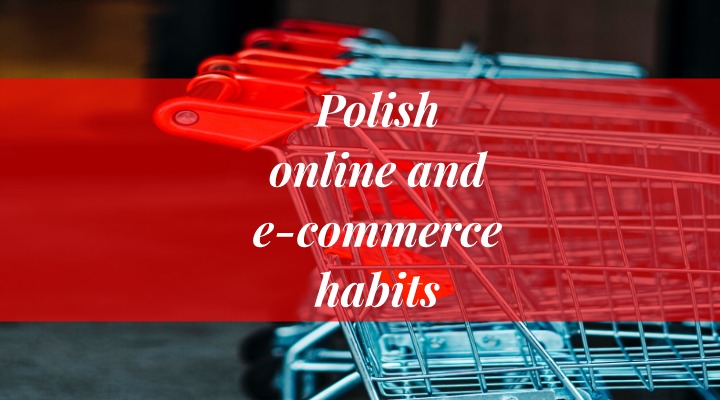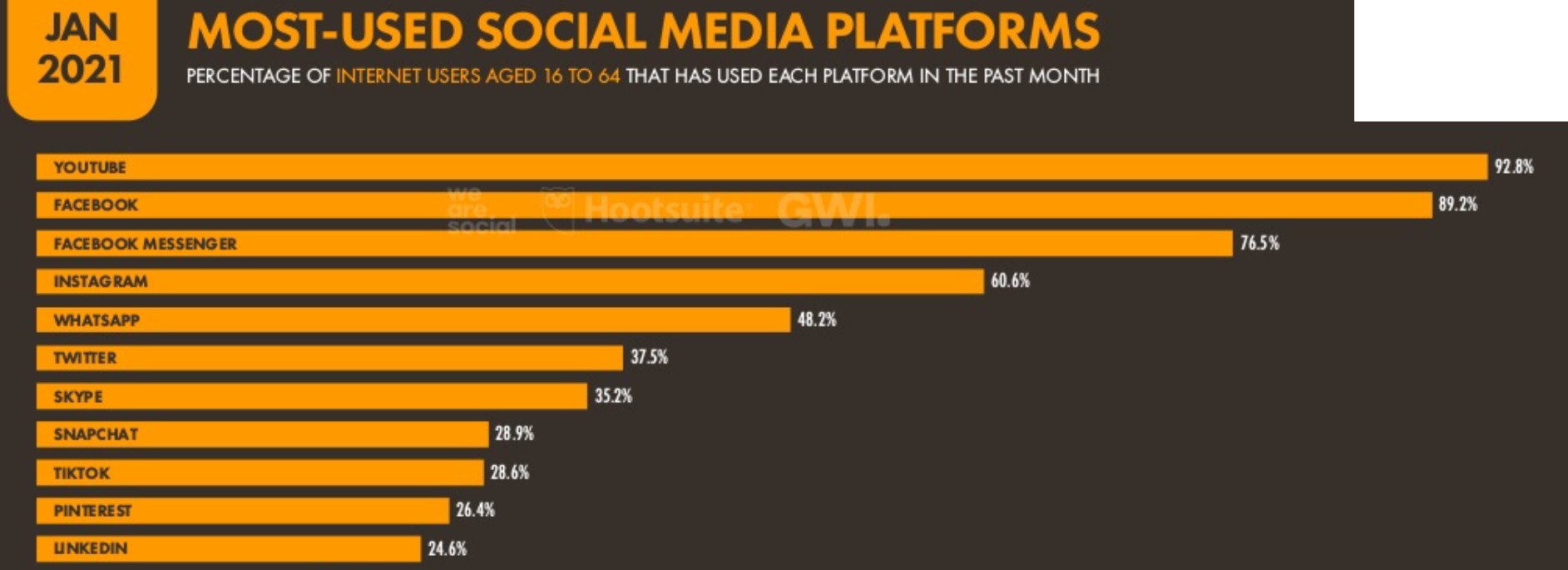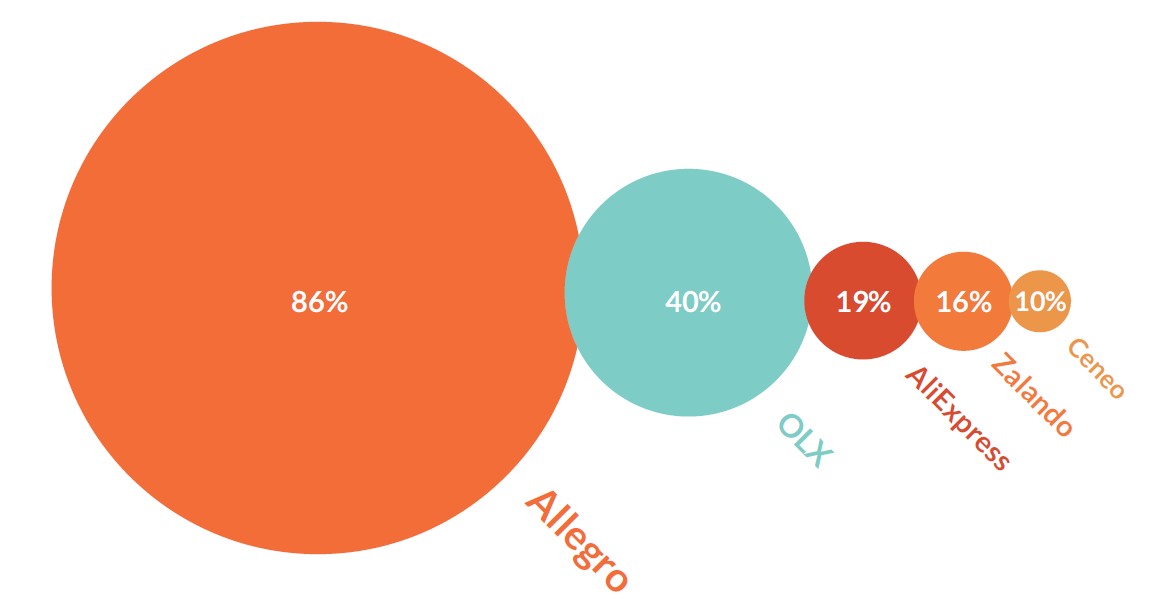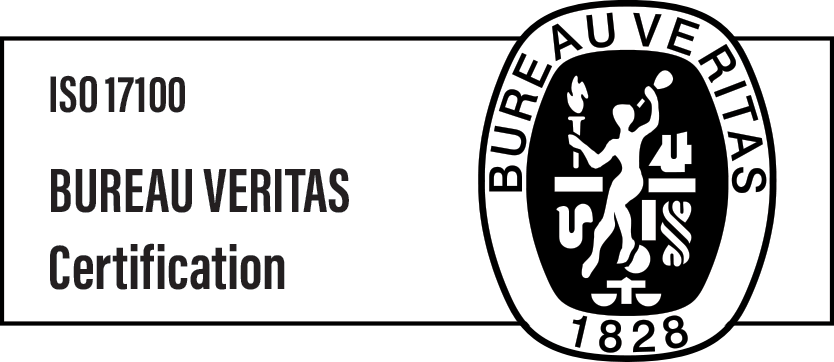Polish online and e-commerce habits

Whether you’re already operating in Europe or are just thinking about entering the European market, you should consider Poland. And we’re not saying that just because we live and work here! In fact, Poland is a developed market with tremendous potential, especially concerning online and e-commerce activities. If you run an online store or any other kind of online business, perhaps you should think about the Polish version of your website. Here’s why.
Poland has almost 38 million inhabitants. That’s significantly more than Austria, Belgium, Denmark, Greece and many other EU countries. And Poles are eager to use the Internet and shop online. According to the Digital 2021 Global Overview Report,[1] 84.5 per cent of Poles have access to the Internet (almost 32 million), and on average, we spend 6 hours and 44 minutes online every day. Moreover, 68.5 per cent of Poles (25.9 million) actively use social media. Nearly all (97.6 per cent) of Polish internet users aged 16–64 have a smartphone, and almost 50 per cent own a tablet. Slightly over 94 per cent of Polish internet users access the World Wide Web via a mobile device.
The most popular websites in Poland
The same report presents the ten websites that were most popular in Poland in December 2020. These are:
- Google.com: 806m visits in December 2020
- Facebook: 369m
- YouTube: 278m
- Allegro.pl (the largest Polish marketplace and the 10th largest e-commerce website in the world): 265m
- Onet.pl (Polish news portal): 215m
- Interia.pl (Polish news portal): 207m
- Google.pl: 202m
- Wikipedia: 181m
- Librus.pl (Polish software for primary schools and parents): 151m
- OLX.pl (another Polish marketplace, owned in Poland by Allegro): 147m
As you can see, two of these ten most popular websites are e-commerce related. This means that you’re good to go and start selling your products in Poland. Poles are fully acquainted with online shopping and willingly buy products online. More on that subject below.
The most popular social media platforms in Poland
Interestingly, according to self-reported data, the most popular social media platform in Poland in January 2021 was YouTube. Over 90 per cent of Polish Internet users aged 16–64 use YouTube. Slightly over 89 per cent use Facebook, but Facebook Messenger is significantly less popular (76.5 per cent). Instagram is used by only 60 per cent of Polish internet users.
You can see the whole list on this chart provided by We Are Social, Hootsuite and GWI:

Image source: https://datareportal.com/reports/digital-2021-poland?rq=Poland, screen 47
Everything you need to know about the Polish e-commerce sector
Now, let’s take a closer look at the Polish e-commerce industry. The first thing to note is that mobile commerce is on the rise in Poland. Another survey conducted in 2020[2] shows that although the main device used by Poles to buy online is still a laptop (80 per cent of responses), smartphones are not far behind (almost 70 per cent). Additionally, over 35 per cent of Polish Internet users use mobile payment services, and about 28 per cent use smartphones to buy tickets and obtain boarding passes.
POLISH READINESS TO SHOP ONLINE
So, if you’re wondering if Poles are really purchasing online, the answer is yes!
- 7% of Poles have a bank account (but only 16.5% have a credit card; the rest of us use debit cards)
- 6% make mobile purchases
Online information regarding the top e-commerce categories in Poland is inconsistent. We therefore decided to stick to the Digital Report mentioned earlier in this article. And here’s what it shows (total amount spent in 2020, in USD):
- Fashion & beauty: 5.70bn
- Travel & mobility: 4.57bn
- Electronics: 2.13bn
- Toys & hobbies: 1.70bn
- Furniture & appliances: 1.32bn
- Food & personal care: 1.14bn
- Video games: 548.7m
Polish marketplaces
When asked which e-commerce websites they knew about, respondents replied as follows:

Image source: https://www.gemius.pl/wszystkie-artykuly-aktualnosci/e-commerce-w-polsce-2020.html
As you can see, the unquestionable e-commerce leader in Poland – the equivalent of Amazon and eBay rolled into one – is Allegro. What about OLX? [3] A bit like Craigslist, OLX is an online marketplace that’s available in Poland, Romania, Portugal, Brazil, India, Argentina, Bulgaria, Ecuador, Bosnia and Herzegovina and Kazakhstan. It’s a platform that’s used primarily by individuals for buying and selling locally, particularly electronics, fashion items and furniture, but also cars, machines and bikes.
We’re sure you’ll be familiar with AliExpress and Zalando, so there’s no need to introduce these platforms. But what about Ceneo? This is one of the most popular Polish product-comparison websites that allows users to find a given product at the lowest price possible among various Polish e-stores.
Shopping during and after the COVID-19 pandemic
The predictions are clear: the COVID-19 pandemic has triggered massive growth of Polish e-commerce, and we estimate that this trend will stay with us for a long time. One in four Internet users in Poland now buys online more than five times a month, and one in three, between two and five times a month.[4] According to another report,[5] between 67 per cent and 78 per cent of online shoppers say that the value of their shopping cart is the same or higher than offline (depending on the product category). This indicates that Poles are no longer afraid of more expensive e-purchases. We continue to buy fashion, electronic and beauty products on the Internet, but some new categories are also emerging, for instance food. Due to COVID-19, 14 per cent of Internet users have started to buy food products online.
SELLING ONLINE TO POLISH BUYERS
Poles have been reluctant to buy products in foreign online stores that they’re unfamiliar with. Estimations are that only 12 per cent of Polish Internet users currently use foreign shopping platforms. However, it’s worth noting that 27 per cent of customers have declared that they’ve increased their foreign purchases as a result of the pandemic.
The main reasons given for shopping on foreign e-commerce platforms are:
- The ability to buy products that are unavailable in Poland (34% of respondents)
- Competitive delivery times and costs (31%)
- Attractive prices (28%)
- Large selection of products (24%)
- Attractive returns terms (22%)
We can draw two major conclusions from this research. First of all, if you want to win the Polish market, you have to be present here with a Polish version of your website – and, preferably, with customer service in Polish, too. As you can see, Poles are currently more comfortable with buying in Polish stores, even if they’re online.
Secondly, take a closer look at the above list of reasons for choosing to buy foreign goods. These factors are vital for Polish customers. If you want to grow sales in Poland, you need to make sure that your offer is competitive in every respect.
ONLINE PAYMENTS
As yet another report informs us,[6] three online payment methods were prevalent in 2020:
- Pay-By-Link (instant money transfers offered by i.a. PayU and Przelewy24): used by 35% of respondents
- BLIK (Polish instant payment method via the bank’s mobile app): 26%
- Traditional money transfer: 22%
A few words about BLIK, which is a typically Polish invention. This simple and convenient mobile payment solution is based on six-digit codes that are displayed in the user’s banking app. Here’s how it works:
- You go to the chosen online store and place an order
- You choose BLIK as your payment method
- The store’s system asks you to input a six-digit code
- In order to generate this, you have to have a banking app (BLIK is used by the vast majority of Polish banks) and select the BLIK option in it
- The app generates a unique, one-time, six-digit code
- You input the code and confirm the payment on your mobile device.
And that’s it! It’s very clever and very simple. That’s why, today, almost every Polish bank has the BLIK feature in their mobile apps.
So, now that you understand a lot more about Polish online and e-commerce habits, what are you going to do with this knowledge? If you feel encouraged to enter the Polish market, we’re here to support you. Aploq is specialised in Polish translations and we’ll gladly help you translate your website, your mobile app (read our FizzUp case) and even your entire online store. This way, you’ll be ready to conquer the Polish market and grow your sales in the sixth-largest[7] country in Europe.
Sources:
[1] https://datareportal.com/reports/digital-2021-poland?rq=Poland
[2] https://www.gemius.pl/wszystkie-artykuly-aktualnosci/e-commerce-w-polsce-2020.html
[3] https://www.olxgroup.com/brands/olx
[4] https://eizba.pl/najnowszy-raport-e-izby-omni-commerce-kupuje-wygodnie-2020/
[5] https://eizba.pl/najnowszy-raport-e-izby-omni-commerce-kupuje-wygodnie-2020/
[6] https://eizba.pl/wp-content/uploads/2020/12/Raport-Platnosci-cyfrowe-2020-10.12.2020.pdf
[7] In terms of surface area.
Suggested read:

